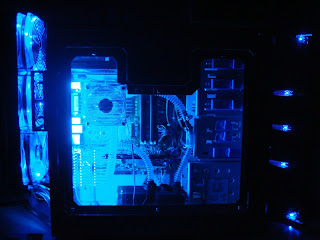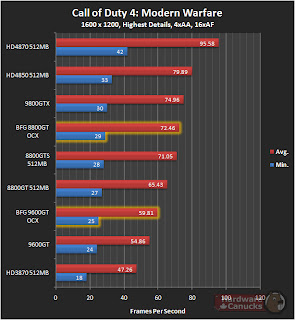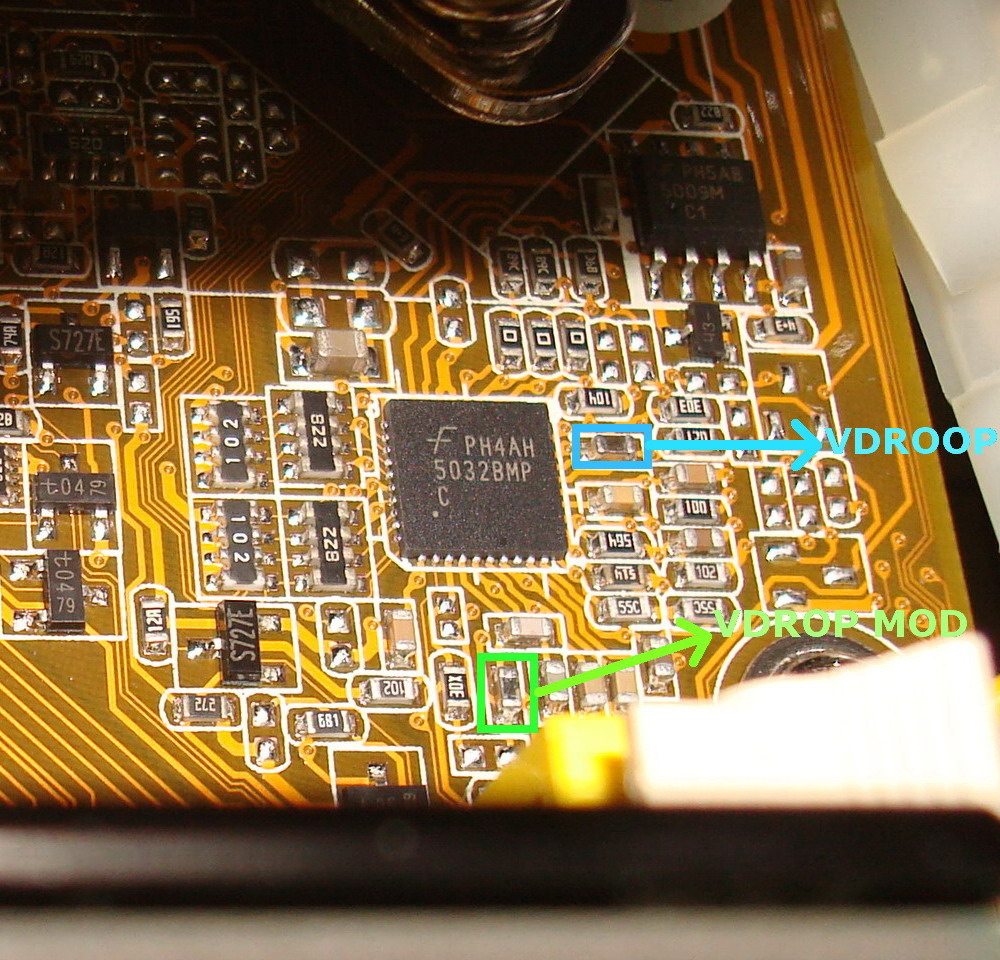Its been really a long long time that i finally managed to get some spare moments and energy to post something new on my blog, a post about a product worth mentioning :)
At CeBIT last month, ASUS showed off an all new Rampage III BLACK EDITION motherboard. I received a unit from ASUS Taiwan for review about a week back and thought that i should share some of its snap shots with you people. I'll try to do a quick reviews later so check back again. See the images below to sooth your eyes ;)
Here is what ASUS has to say about it:
The complete solution for gamers, overclockers, and PC enthusiasts
Performance is critical to gamers. Anything gamers buy, they want to know that their hard-earned dollar will give them either the advantage they need to win, or the power to enjoy games at the highest settings.
Introducing the Rampage III Black Edition - ASUS' ROG-branded superpowered motherboard, designed to give your system the killer edge. Every feature you could possibly want is on this motherboard, making it the PC enthusiast's dream component. When it comes to high performance hardware, nothing can touch the Rampage III Black Edition.
Higher overclocking potential
The Black Edition of Rampage III offers it all: great features, gaming-focused LAN solution, high-quality audio, and the highest overclock potential of any ASUS board. This is perfect for the target consumers of the Rampage III Black Edition: power users, enthusiasts, and extreme gamers. Users with the know-how should be encouraged to choose the Black Edition in order to push their overclock speeds ever higher and faster, as it is the most powerful and feature-packed motherboard in ASUS' lineup.
ROG ThunderBolt LAN gives you higher performance for multiplayer gaming
The two most overlooked items in a gaming rig are the Network Interface Card and the Audio Card. Why are they important? NIC determines your latency and data throughput, which is especially important for fast-paced, frenetic multiplayer gaming, where the difference in milliseconds can mean scoring a head-shot or missing your opponent entirely. One-half of ROG ThunderBolt is the NPU KillerTM E2100 which offloads CPU network calculation and translates to faster response in game. The difference you'll see with ROG ThunderBolt is immediate - You'll never want to switch back to regular NICs after you've played with ROG ThunderBolt.
ROG iDirect App lets you monitor your network in real-time
ROG ThunderBolt includes on-board Xonar-quality audio. A built-in headset amplifier will unlock the true performance potential of high-quality headsets. Already lauded for award-winning Signal to Noise ratio and cleaner audio quality, on-board Xonar sound card can bring games to life in a big way. Support for 3D Surround Sound and EAX will let gamers hear their opponents coming from a mile away. Hardcore competitive gamers all know that high-quality audio is essential for gaining that upper hand.
Making life easier for extreme users:
ROG features take the R3BE to the next level for PC enthusiasts, overclockers, and gamers. ROG Connect and GPU TweakIt allow users to have powerful, real-time control over motherboard and GPU settings, saving lots of time for the time-consuming task of overclocking.
Enthusiasts will also want to hone in on features such as the PCIe x16 Lane Switch, which allows users to quickly turn on and turn off PCIe lanes for easy video card troubleshooting.
GPU.DIMM Post gives users further control to ensure graphics and memory functionality, saving the time normally required to hunt down damaged components.
MSRP: $599 USD
Specifications:
- Intel Core i7 Processor Extreme Edition / Core i7 Processor
- Support Socket LGA 1366
- Intel X58 / ICH10R Chipset
- Support QPI up to 6400 MT/s
- Triple-channel DDR3 2200(O.C.)/2133(O.C.)/2000(O.C.)/1800(O.C.)/1600/1333/1066 MHz Support
- 4 x PCIe 2.0 X16 with CrossFireX and 3-WaySLI Technology support
- 2 x SATA 6Gb/s ports
- 6 x SATA 3.0 Gb/s ports with RAID 0,1,5 and 10
- 2 x eSATA 3.0 Gb/s ports
- 2 x USB 3.0 ports
- Intel Gb LAN
- 8-Channel HD Audio Codec








































